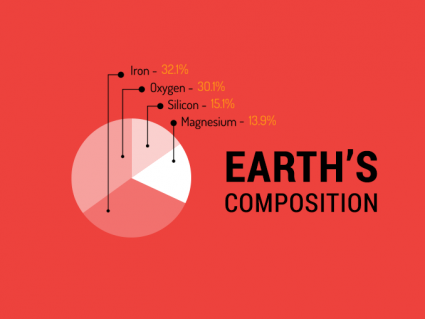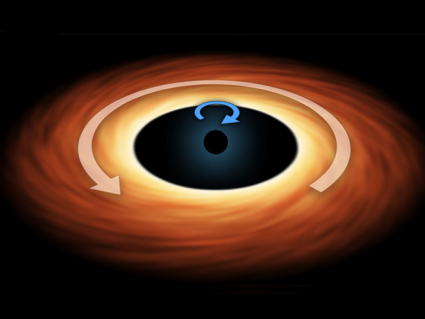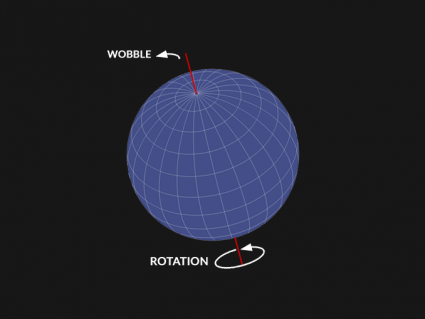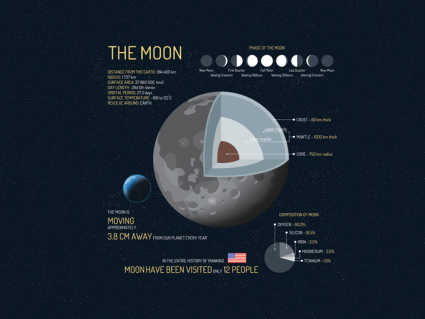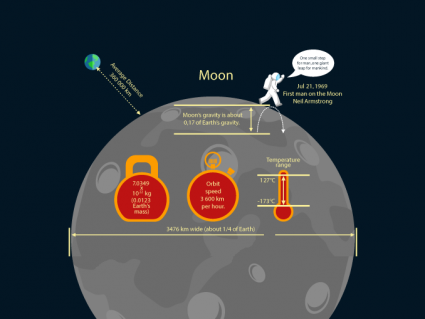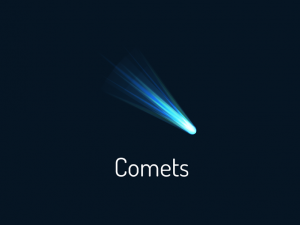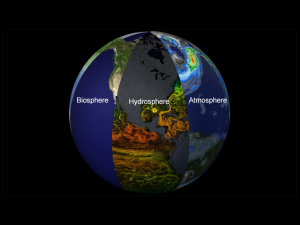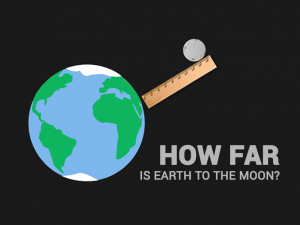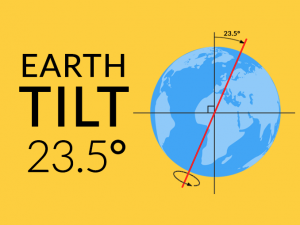Why Do We Have Seasons?
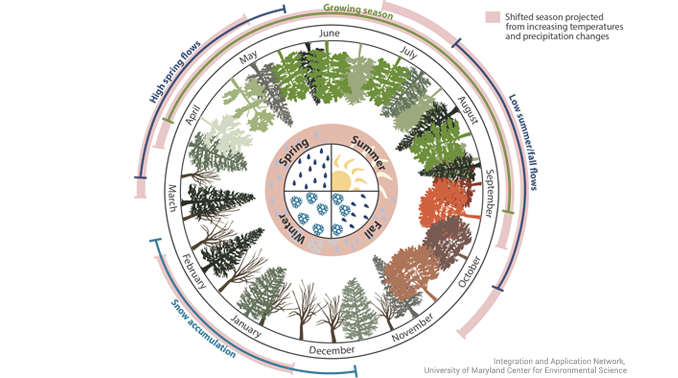
Because the Earth is tilted on its axis, it’s the main reason why we have 4 seasons. As the Earth revolves around the sun, the hemisphere that’s tilted towards the sun receives the most sunlight.
When it receives more sunlight due to the tilt, this is summertime. The hemisphere that’s tilted away from the sun receives less sunlight and has shorter days.
As a result, it becomes colder and this is the winter season. At the North Pole, is possible to have 24-hour days in darkness because of the tilt of the Earth.
At the equator, it’s exposed to sunlight more often. This is why is much hotter at the equator year-round. Because it is hotter for longer periods of time, there is less difference between seasons. What causes seasonal patterns?
Seasonal Changes
Before we begin, here’s an infographic that displays the unique characteristics of seasons from spring to winter.
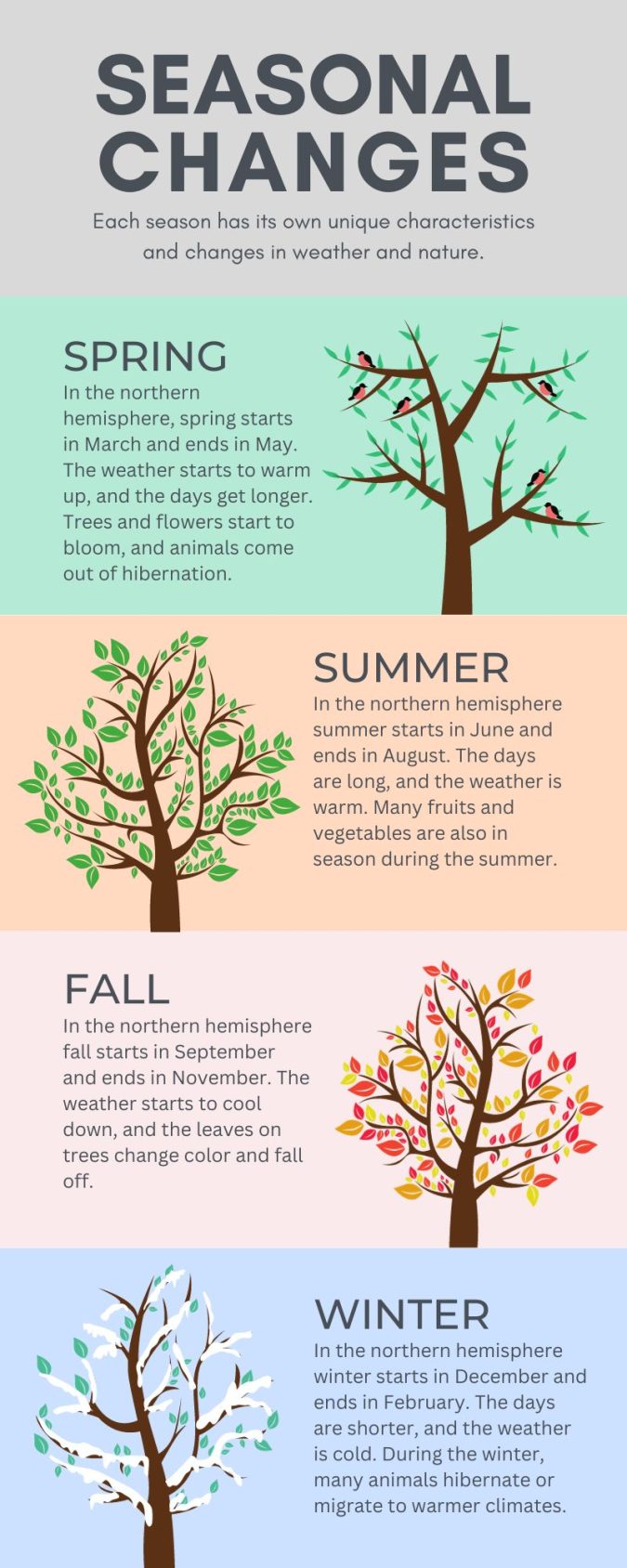
SPRING: In the northern hemisphere, spring starts in March and ends in May. The weather starts to warm up, and the days get longer. Trees and flowers start to bloom, and animals come out of hibernation.
SUMMER: In the northern hemisphere summer starts in June and ends in August. The days are long, and the weather is warm. Many fruits and vegetables are also in season during the summer.
FALL: In the northern hemisphere fall starts in September and ends in November. The weather starts to cool down, and the leaves on trees change color and fall off.
WINTER: In the northern hemisphere winter starts in December and ends in February. The days are shorter, and the weather is cold. During the winter, many animals hibernate or migrate to warmer climates.
Summer solstice in the Northern Hemisphere
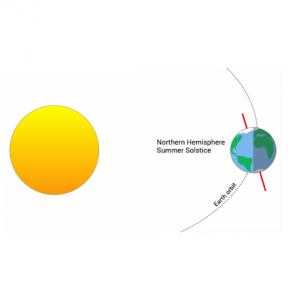
The Earth has an imaginary line through the center of Earth. The Earth’s axis goes through our geographic poles. Imagine sticking a pencil through Earth from pole to pole. Then, twist your hand at about 23.5 degrees.
Our seasons depend on how the Earth is tilted and oriented with the sun. For example, when the Earth is tilted towards the sun, it’s summer in the northern hemisphere. It occurs usually in mid-June in the northern hemisphere near June 21. But on the outer side of the axis, it’s winter.
The Tropic of Cancer and the Tropic of Capricorn mark the farthest points north and south where the sun can be directly overhead. So, when the sun is over one of these lines, it’s summer there and winter on the opposite side.
Winter solstice in the Northern Hemisphere
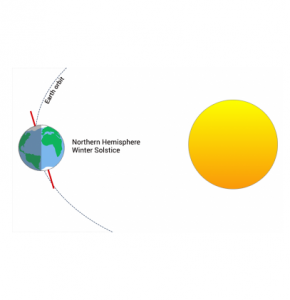
But solstice happens twice every year. Once again, it occurs in the southern hemisphere at the opposite time of the year (near December 22).
But when the Earth revolves around the sun, now the Earth is tilted in reverse. So, the southern hemisphere is summer because the Earth is tilted towards the sun.
In countries like Australia, December is tilted toward the sun, so it’s now summer solstice in the southern hemisphere.
This happens usually at the end of December in the southern hemisphere. And at the opposite end of Earth, North America is tilted away from the sun so it’s winter solstice there.
Why is the north and south pole so cold?
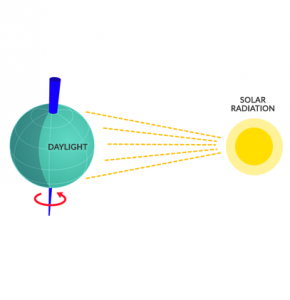
At the equator, the sun hits the Earth directly. Whereas at the poles, the sun’s rays can barely touch it.
More specifically, it’s not because the equator is closer to the sun. But it’s because the sun is directly shining on the equator.
This is why we have the warmest ecosystems on Earth at the equator like tropical rainforests and deserts. For example, the Koppen climate classification system lists tropical climates sustaining temperatures of 18 °C or higher.
The north and south poles hardly receive any heat from the sun’s rays. This creates the coldest places on Earth like tundra and polar deserts.
What are Earth’s seasonal patterns?
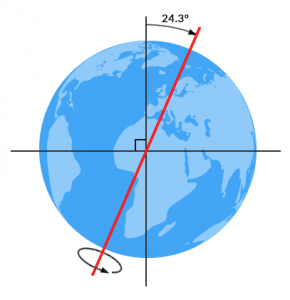
Not only is the Earth revolving around the sun, but the Earth is rotating on its axis. In fact, it takes about 24 hours to fully spin in a circle.
When you’re facing the sun, it’s daytime. But when you’re on the part of the Earth that’s away from the sun, it’s nighttime. This day-night boundary is the terminator line.
But seasons occur because of the tilt of the Earth. When the northern hemisphere is tilted towards the sun, it receives more of the sun’s rays and it’s summer. But when the Earth revolves around the sun, the northern hemisphere is tilted away from the sun and it’s winter.
Today, you’ve learned about what causes seasonal patterns here on Earth. Each season has a distinct climate depending if you’re in the northern or southern hemisphere. You’re on the right track. So, let’s keep exploring our planet.
Why Do We Have Seasons?
Seasons are a natural cycle that occurs throughout the course of a year. It changes our environment in a variety of ways, including how plants grow, what animals eat, and how we interact with them.
The seasons also help us to know when to plant crops or where to find animals hibernating or mating during certain times of the year.
If you have any questions or feedback, please use the comment form below to let us know what is on your mind.

